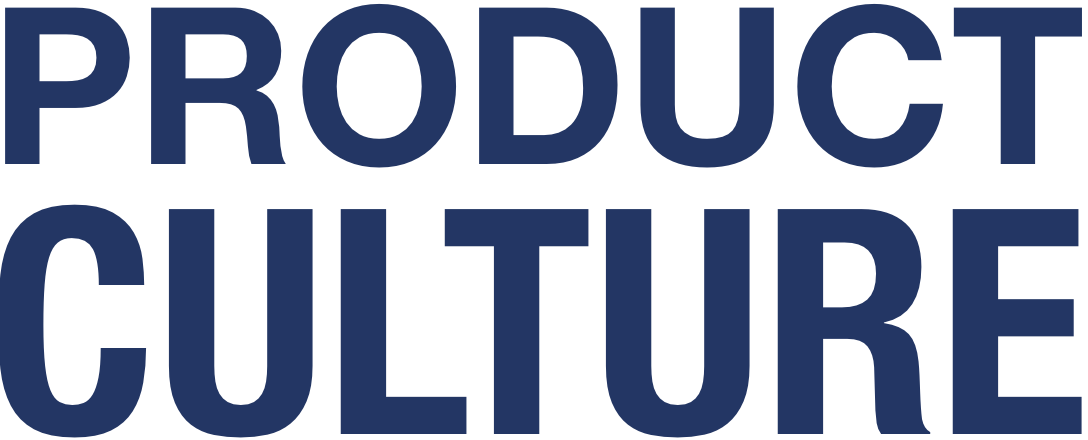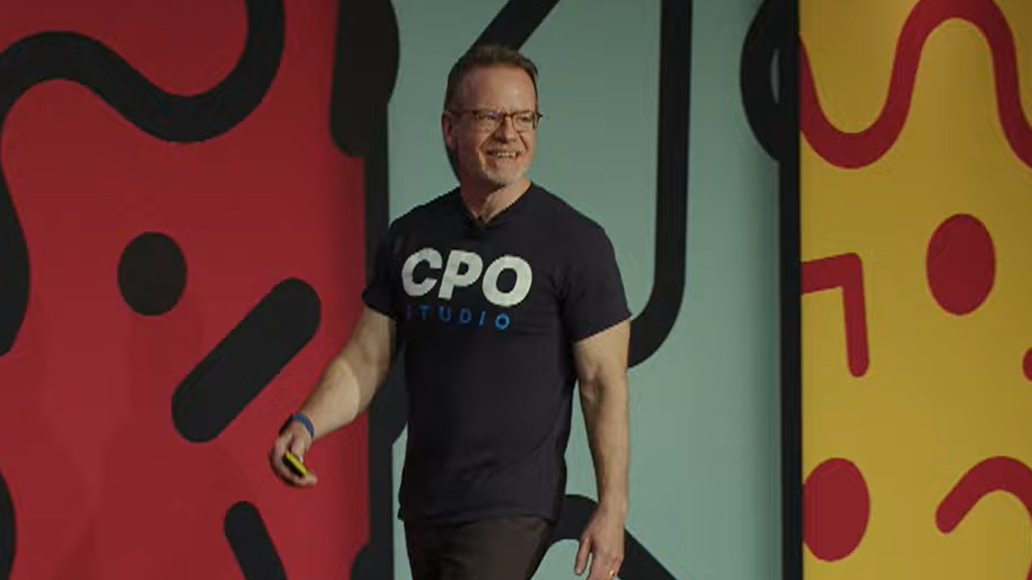Nano-letter: ONE THING on Product Culture Every Week
One insight I had, one great article I read, one amazing person I met, one question I need your help with, one product job that needs someone awesome. Sign up and I promise never to waste your time.
The minute somebody dangles a $3M deal, everyone forgets everything we told them in the last year. To prevent this one-off deal from derailing your entire roadmap, you need to pre-sell your roadmap before the deal hits the table.
Rich Mironov was right: Most CPOs are managing when they should be leading. You were probably promoted for your product management skills — customer discovery, prioritizing, and executing roadmaps. But leading at the CPO level requires different skills entirely.
Executive teams often seem set up for conflict. How to deal: name the tension, acknowledge the reality openly, and work together to navigate it.
Are you tracking the right metrics? Most product leaders don’t track metrics often enough. The magic is when you track leading and lagging indicators together so you can learn what drives what.
Your job isn’t just to define strategy — it’s to lead the strategy process. A strategy everyone owns is how you win.
When you join an executive team, your first job is to identify a need and fill it. It’s like joining a band: they already have a drummer, a bassist, and a guitarist. Your job is to find the gap and play where you can make the whole band sound better.
Fifteen years ago, the CPO title barely existed. Ten years ago, it was still a rarity. Today, every company seems to have one. Is that title inflation? Maybe. But it also reflects a shift in mindset: product is no longer seen as an offshoot of engineering or marketing; it’s the engine of company strategy.
If you want to succeed as a CPO, learn to code-switch. You are not there to change people; you are there to connect them so that their efforts dovetail.
Most new CPOs assume their biggest weakness is not knowing the product, tech, or business well enough. They’re wrong. The real blind spot is the customer.










If you want your roadmap approved, don’t ask for approval.
Just plant a seed.
Then wait.
Like a patient, manipulative gardener.